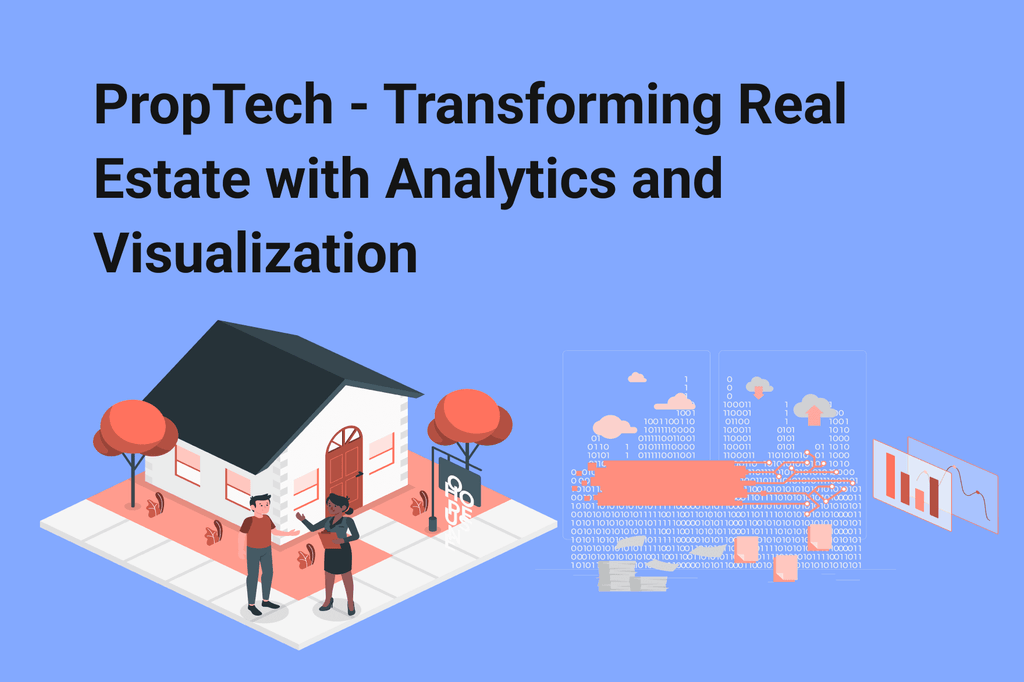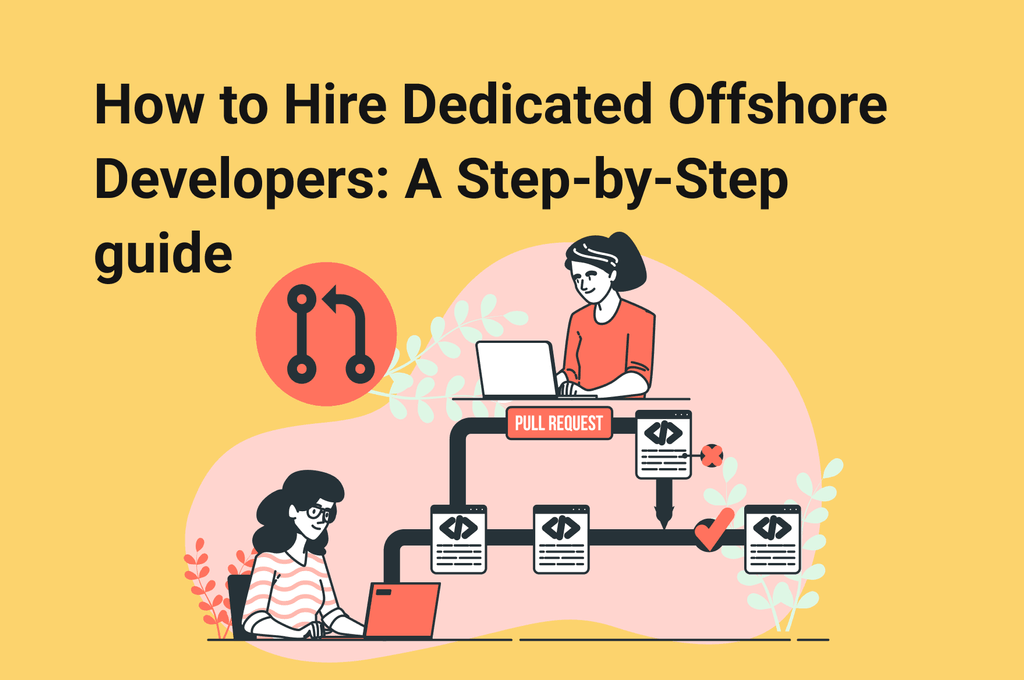
The importance of balancing your startup budget
In this article, we would like to talk about the financial side of early startups. You may be on the verge of creating a groundbreaking product that will change the world, but to make it a success, you need to pay enough attention to marketing and promotion. According to Failory, the problems with marketing are the second-biggest reason for startup failure with 22%, right after the lack of product-market fit with 34%. What causes those marketing problems? Well, if we don’t take into account a possible poor execution of activities in a marketing campaign, the lack of marketing budget is the key reason for promotion failures. Sometimes entrepreneurs focus too much on creating a perfect MVP but forget about a proper promotion to get the product noticed.
“Based on our experience developing over 100 startups from scratch, it is a good idea to split your budget 50/50 between a marketing campaign and the development process. If it is possible, you can even direct 60% of your budget into marketing to secure your chances for success”.
Andrey Osipov, CEO at Visual Craft
Unfortunately, it is a common mistake for startups to start the development of MVP and don’t think much about gaining the first traction. Let’s discuss how to avoid it!
How to distribute your budget while building a product
It is safe to assume, that without any actual investors, you probably have some money to start your project. It could be funded from your own pocket and from the money of your co-founder. Or you can even get some financial help from your friends and family. With all available financial resources, it makes sense to calculate your budget, evaluate your options and plan your next steps.
Before moving into full-scale development, creating an MVP to test your assumptions and adjust your strategy is a must. This is a reasonable priority in your budgeting, and you must build an MVP with all core features, before assigning costs to your marketing.
What if you don’t have enough money to build an MVP?
In this case, you still need something to grab the attention of investors with your potential product, so you can spend your money on the following:
1. Proof of Concept (PoC)
This is a practical demonstration that your startup idea is technically feasible. With this approach, only critical functions of the product are being tested and results can be easily omitted in the full-scale development. The goal of MVP is to make sure that your idea can actually be implemented in the shortest period of time and with the smallest budget expenses possible. The PoC stage is often optional for software development projects, but when you don’t have enough costs to build an MVP, it is a must.
2. System Requirements and Specification (SRS)
The next step is to get the technical validation of your idea. You need to create documentation that fully explains the project goals, key features, suggested technology stack, and the overview of the architecture.
3. A clickable UX prototype
This is a simple representation of a digital interface of your product with all key features present in it. Combined with the System Requirement and Specification, a Prototype will provide your investors with a clear understanding of your project and how it will function when finished.
These three stages are a part of the Discovery Phase, something that 70% of IT projects need anyway. The only difference, that you need to complete these steps in order to have enough information to impress the potential investors. You might not have technical experts in your team to do it right, so we, at Visual Craft, can help you with unlocking the full potential of your product while creating the Proof of Concept, providing a proper technical validation of your idea, and offer proficient design services for your clickable prototype.
Last but not least, in attracting investments in the pre-seed round, is to prepare a powerful visual presentation of your project. In order to be persuasive to the investors, you need to have an attractive landing website that illustrates perfectly the idea of your startup. Keep in mind, that having a pitch deck, a thought of speech on a detailed plan of how to attract first users will be your additional leverage to get the necessary funding!
What if you have money for MVP and marketing?
That’s great news! With enough funds for MVP and promotion, you need to build a detailed strategy on how you will attract users to a product. Your marketing expenses must pay off and convert into new users, otherwise, the best product just won’t get noticed, and it will be unattractive for the new investors. The first step, you need to take is to maximize your marketing chunk of a budget for more options. You can achieve that by planning the MVP development process wisely.
Quick tips for building cost-effective MVP
- Conduct rigorous marketing research
- Define your business goals and criteria of success
- Focus on creating a high-quality, intuitive, bug-free, functional product that delivers the idea of your project the most efficiently
- Leverage user flow diagrams while designing your product to maximize customer experience and leave only key features
- Add a list of priority features to your roadmap
- Make simple wireframes and build a prototype
- Hopefully, these suggestions will help you to have enough budget for launching an effective marketing campaign.
Don’t know where to start?
We will advise you on the best way to realize your idea, leveraging our expertise
Pre-seed vs. Seed Funding rounds: What’s the difference?
A founder must be able to distinguish clearly these two stages because not understanding the difference can get the launch process a lot harder and may lead to significant time waste and loss of opportunities. It became easier to confuse pre-seed and seed rounds because in recent years the dynamics of fundraising changed. Today, the competition at the seed stage is tougher than ever before, which led to higher expectations of investors and larger round sizes. The focus on the pre-seed stage has increased, with a few new pre-seed funds emerging in the last couple of years.
Pre-seed round
Simply put, the product in the pre-seed stage must prove that it fulfills the market need. At this stage, the startup must prepare to maximize fundraising opportunities, gather an effective core team and build an effective MVP. Pre-seed round is usually in the range of $100-250k range, has a light term sheet, convertible note, or SAFE/KISS, has a pre-money valuation in the $1-3M range, and runs within 6 months.
Here is a quick checklist of things, your startup must have after the end of the pre-seed round:
- An actual product, in a form of a fully functional MVP that will allow you to prove your ability to deliver the final product
- A cohesive team with a proven proper skill set and the ability to deliver results working on your startup
- Proofs for investors that indicate the customer demand for your product, a set of direct and documented experiences with customers in your market niche
- A detailed plan for growth with thought out distribution channels
- Some kind of initial traction after a completed launch of alpha-version, feedback from the early users, and prepared customer base ready for a beta launch of the product
As for metrics, it may be still too early to depend on KPI’s, considering them an important part of your analysis. Sometimes your KPI’s can struggle to provide you with a meaningful perspective. The main goal of this stage is to accelerate your business, offer a valuable, working, and marketable solution to the problem, and then track KPI’s. With that in mind, if you still want to leverage metrics to track your progress, you may focus on output-based KPI metrics like the number of daily active users, Monthly Recurring Revenue/MRR, and Gross Merchandise Volume/GMV. These metrics can be used to measure the demand for your product before the Seed round.
Seed round
The Seed round is conducted with the main goal to prove the market fit of the product. By this round, the startups must already validate their value proposition. During this stage, you must develop ways to define how your startup will successfully scale with the help of the investors. Seed round spans in $500k to $5M range in funding depending on the industry, with a valuation between $5M and $15.
The target runway is from 12 to 18 months. Angel and institutional investors are the main sources of funding, unlike friends, family, and accelerators on the Pre-seed stage. This is the time for hiring full-time employees, that will take over key functions and complement your existing team. It is basically the first official equity funding stage before your startup moves to Series A and Series B funding rounds.
During the Seed round, you must focus your efforts on customer retention and repeatable customer acquisition process. Strong output-based and retention metrics will help VC to know whether you achieve product-market fit to move to raise money in Series A. So the key metrics to indicate the progress on the Seed stage include GMV, conversion rate, and LTV-CAC/Lifetime Value-Customer Acquisition Cost.
If you are ready to develop your startup idea and break into the world of investments but limited with a budget for MVP and marketing campaign, we, at Visual Craft, can help you with the Discovery Phase services that will allow you to attract early investors during the Pre-seed round.
We are partners of Founder Institute and helped 330+ projects to reach their business goals, 100+ of them being startups built from scratch. Feel free to contact us for more information on how we can help you!
FAQ
What, specifically, does MVP mean when it refers to funding?
MVP funding is the money invested in a product or service to create a minimum viable product (MVP). This money is often used by teams during the early stages of product development to determine whether or not their idea is worth pursuing.
What are the factors considered when calculating the cost of an MVP?
When calculating a minimum viable product's (MVP) cost, all companies use the following formula: scope of work x company's hourly rate. Developers estimate the number of hours necessary to fulfill project requirements and then add on a safety margin for any unforeseen circumstances that might arise.
How much should you charge for the minimum viable product?
The price of building an MVP depends on several factors, including the scope of work, type of team, and contract. Building an MVP requires more than just coding. It's about resource allocation, cost management, and project completion.
Table of contents:
Want to estimate your app idea?




